You visit a very well known food and drink website. You look around and download a few chocolate recipes and exit. The next time you visit the same website you see recipes that are similar to the few you downloaded before. But it doesn’t stop there; even the informational section of the website has blog posts, articles and videos that are somehow related to the types of food you looked at the other day. This is personalization of content marketing.
Studies prove that personalization can impact a 20% increase in sales opportunities from leads. There’s also proof that personalized account-based marketing has the ability to extract conversions 4 times higher than traditional marketing. The CRO experts at Invesp have concluded from research that 57% of online shoppers are willing to provide their personal information for the benefits that personalization brings. So in a time when personalization is such an effective trend, why not make the best use of it in your content marketing strategy?
Personalization for content marketing
Here’s how you can do it right:
Think hard about what ‘personalization’ means to you
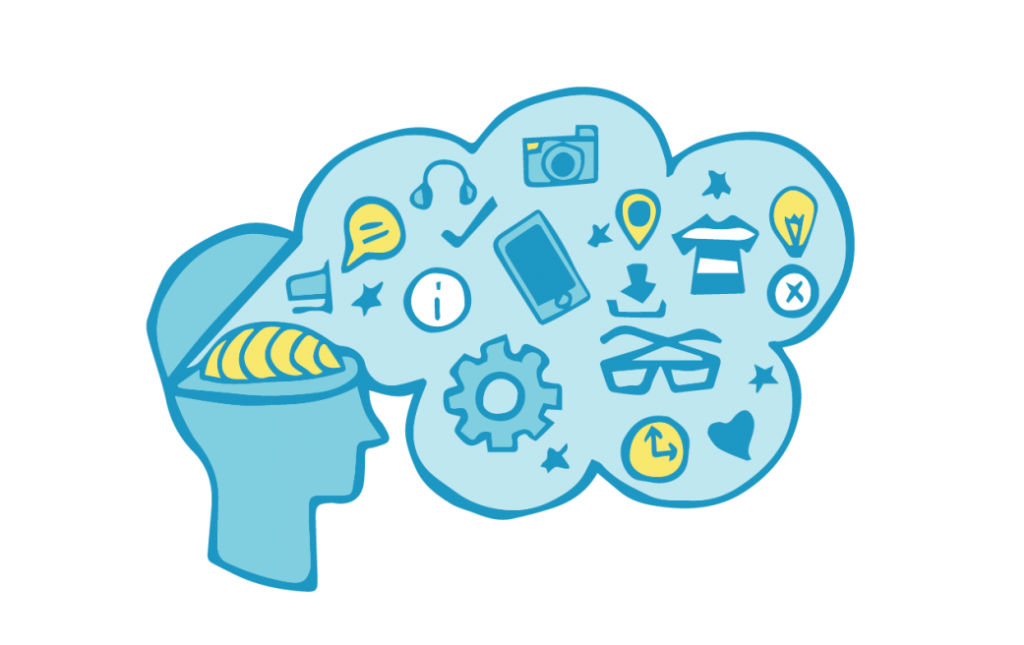
The most important thing you could do is understand your buyers’ motives. Even though personalization is a valuable marketing tool, it’s important to understand that you know the limits as to how personal you want to get with your buyers. The key here is hitting the nail right on the head. You have to identify their motives and what challenges them from reaching these motives and tailor messages accordingly.
This is a detailed list of content types and the intensity of personalization that’s involved in creating the content.
- Audience based content: This types of content is aimed at your general audience assuming that they are interested in it. It could consist of social media posts, blogging, videos etc.
- Industry specific content: This type of content is targeted at certain industries that the audience is related to. Interviews and webinars are common example of this type of content.
- Needs based content: These are content that address specific challenges and intentions of your buyers to increase conversions. Remarketing is the most popular technique used today to target challenges and drive conversions.
Be aware of where you incorporate this method in your buyer cycle
Most marketers reckon that prospects will find us at the interest stage of the buyer circle. This assumption leads them to invest on content wastefully on just that stage. Its important to know not through assumption but through study the stage in the buyer circle that converts the most leads and invest on that. However it will also be much more effective to invest in content at various other stages too so you don’t end up spending too much on something based on assumption, but spending moderately on every stage so that it actually caters to each and every lead who converts at different stages from each other.
This post is all about guidelines on changing your orthodox thinking on personalization as a marketer. Thinking out of the box is key to great marketing so hope this helps you build up your new content strategy. Good luck! Reach out to us if you have any concerns, suggestions or general feedback.


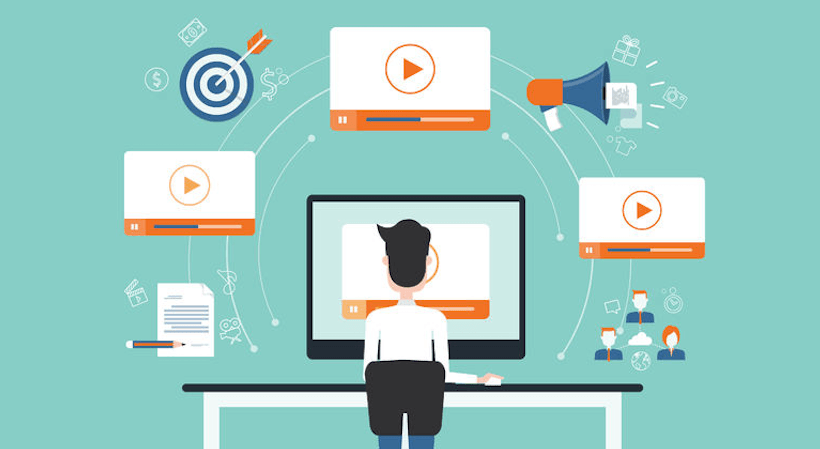

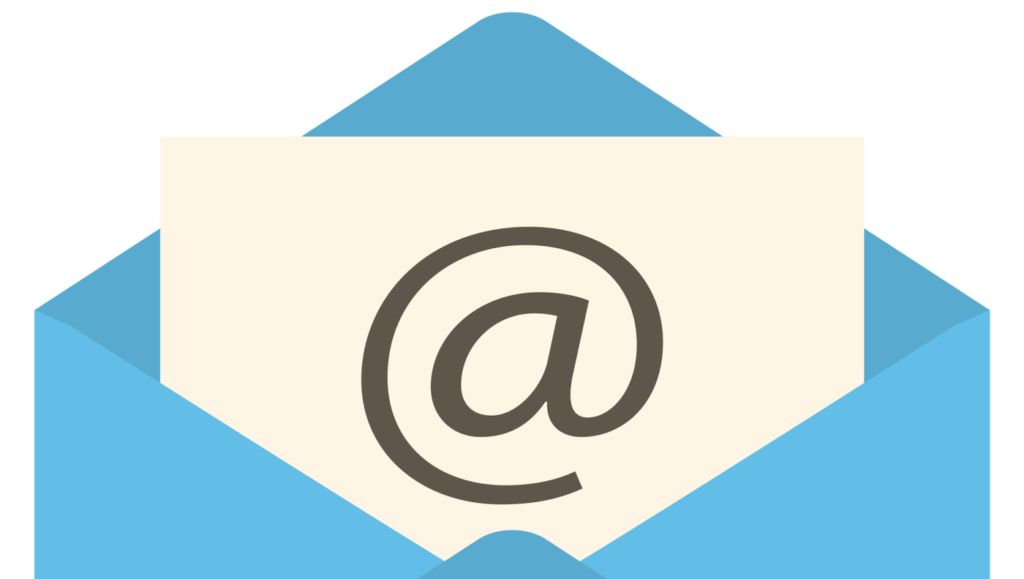
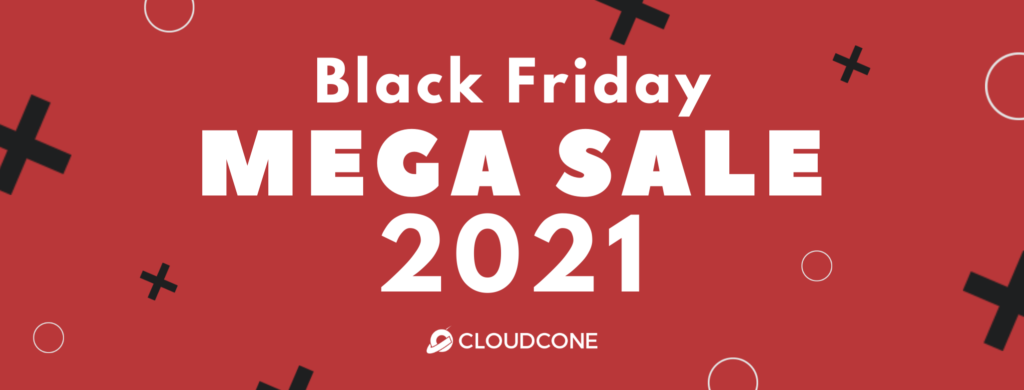

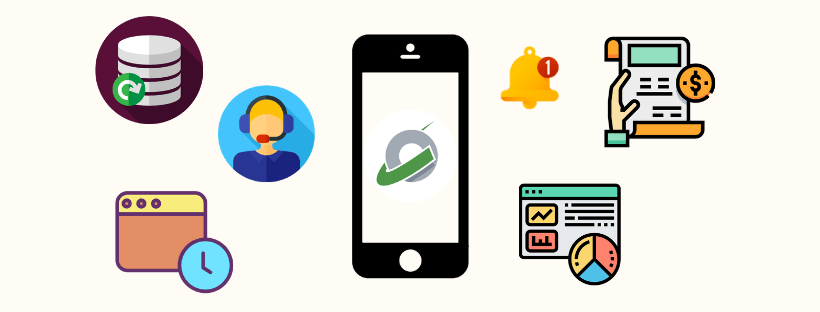
About The Author: Anu
Content Strategist at CloudCone LLC.
More posts by Anu